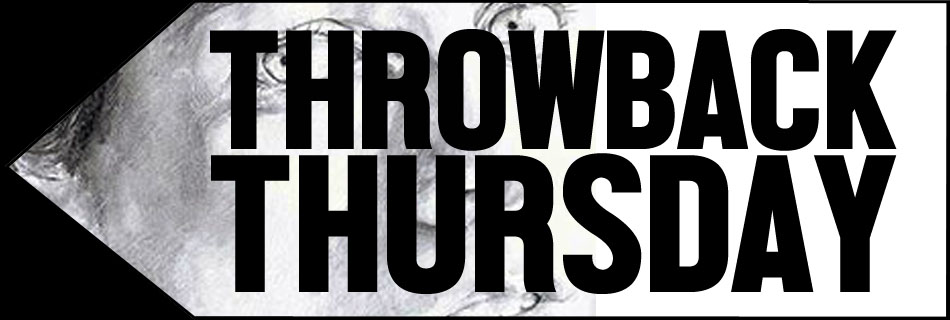“By using graphite for the series, I was able to create the sharp contrast and isolation that I desired.“
Taryn Wells, has to be one of the most talented graphite artists I have ever seen. Her patience for each piece is amazing. Every line looks like it was drawn with such conviction. Taryn’s work has the ability to stop viewers and pull them into this black and white world that she has created.
Taryn’s work is influenced by ‘Kara Walker, forms of the human forms of Robert Longo, the emotion of Caravaggio, the portraiture of John Singer Sargent, and the 19th century documentation of physiognomy and phrenology. Stylistically, I tried to capture moments similar to that of a photograph.’ Taryn fell in love with art at an early age, ‘with painting when my parents gave me my first watercolor set. It wasn’t particularly special, just a set that most young children get. However, it got the ball rolling and after that I requested that I wanted to paint my first oil painting (with my Mom’s assistance) at 5 years old. Although I primarily work in graphite now, I still like my work to have a “painterly” quality – not blended and executed with purpose.’
Taryn’s most enjoyable work is to create ‘portraits and people are what interest me most and I love being able to capture people’s emotions through line and sketch.” My artwork at this particular time is a dialogue that explores the complicated world of racial identity and the desire to find my place within it as a multiracial individual.
The basis of the series emanated from the history of people of mixed race, or lack thereof, in relation to American society. I used the human figure – a public and yet personal image – as a metaphor for my own personal experiences. My goal was to convey the struggle, hardships, and various categorizations that I have undergone through body language and more specifically, facial expression. The different contortions of the body and the intense gazes help convey my feelings of desperation, isolation, vulnerability, and confusion. All of the individuals depicted in my work, whether literally or figuratively, represent parts of my inner-self and can be described as self-portraits. Most importantly, the medium was able to transmit the continuous theme of black and white. All of the works in the series were done in this matter for exactly that desired effect. As for the majority of these pieces, the incorporation of the “box” motif generated the idea of being under the viewer’s microscope and successfully imparted my feelings of constraint and limitation.”
Stylistically, I tried to capture moments similar to that of a photograph. This creates a feeling of nostalgia and comfort, yet it is juxtaposed with the underlying crucial issues of racism and bigotry. Even though some of the subject matter may not be familiar, my hope is that the viewer will recognize something of his own experiences and somehow relate to the works in the series.”
CAA Q & A
– What memorable responses have you had to your work? Did it change your process or art?
The most common thing that I hear is how people with a multiracial background can relate to my work and never hear it addressed in such a way. That is probably the most gratifying thing that I could imagine my work could ever do. I’ve been told that I was speaking for a sect of people, their “voice” so to speak, and it made me feel that I was doing exactly what I was supposed to be doing with my career.
– What is your favorite piece of art that you have created? Was your process ever changed due to this piece?
A tough question since I consider them all like my own children, but I would say that “The Clown” really changed the way that I look at my work. It was the first piece in which I chose to be more controversial and depict myself in blackface. I also noticed a real change in my style as it became more complex and more of a finished piece than my previous works.
-Please describe a real life event that caused direct inspiration?
Growing up in a small and not racially diverse town, I was exposed to racism at a very early age. Every experience, and not just one in particular, shaped the theme that I use in all of my works. Most, if not all, of my pictures reference something that occurred to me or my family.
– What role does the artist have in society?
I believe that artists are the backbone of society. We shape the smallest things, be it the creative or the corporate; it’s all intertwined.
– What’s the best piece of advice you’ve been given?
Do what you love.
-How do you know when you have achieved success in a piece?
When I feel completely satisfied with it and I can subjectively picture it hanging in a gallery.




